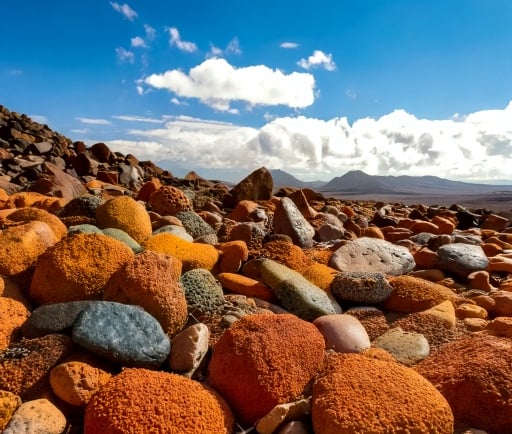Exploring the Geology and Mineral Wealth of Tanzania


The Geology of Tanzania: A Historical Overview
Tanzania is a nation rich in geological diversity, shaped by the complex interplay of various geological formations over billions of years. The country's geology prominently features Archean cratons, Proterozoic belts, and Phanerozoic sedimentary layers. The Archean cratons, which are some of the oldest continental crusts, provide a window into the early geological history of our planet, dating back approximately 4 billion years. These cratons not only offer critical insights into the formation of the Earth but are also known for their considerable mineral wealth.
Geological Features: Archean, Proterozoic, and Phanerozoic
The Archean cratons in Tanzania, particularly the Tanzania Craton, are characterized by granite-greenstone terrains, comprising metamorphic rocks and volcanic sequences that have evolved over time. In contrast, the Proterozoic belts consist of folded and faulted sedimentary and igneous rocks, which are essential for understanding the transition from the Precambrian to the Phanerozoic eon.Proterozoic belts include crucial geological features such as the Usagaran and Mpanda groups, showcasing a rich history of geological and tectonic processes. Finally, the Phanerozoic formations, which encompass more recent sedimentary layers, reveal valuable fossil records that have contributed significantly to our understanding of life during different geological periods.
The Rich Mineral Resources of Tanzania
Tanzania is renowned for its wealth of minerals, including precious stones such as tanzanite, as well as various industrial and metallic minerals. Tanzanite, a unique blue-violet gemstone discovered in the Mererani Hills, is a prime example of the country's mineral diversity. It forms under specific geological conditions, with its unique color attributed to the presence of vanadium and other trace elements. The mining of tanzanite not only provides economic benefits but also showcases the intricate geological processes leading to its formation.
In addition to tanzanite, Tanzania possesses a range of industrial minerals such as graphite, gypsum, and soda ash, vital for various industries including construction and manufacturing. Furthermore, metallic minerals such as gold, diamonds, and nickel also contribute to the country's mineral wealth. The mining sector plays a critical role in Tanzania's economy, engaging numerous local communities and yielding significant export revenues.
In conclusion, the geological landscape of Tanzania is a testament to the Earth's primordial history, characterized by Archean cratons, Proterozoic belts, and Phanerozoic sediments. The diverse minerals found within these geological formations not only highlight the country's rich natural resources but also create opportunities for economic development and sustainability. Understanding Tanzania's geology and mineral wealth is crucial for future exploration and resource management, ensuring that these natural treasures continue to benefit the nation and its people.
